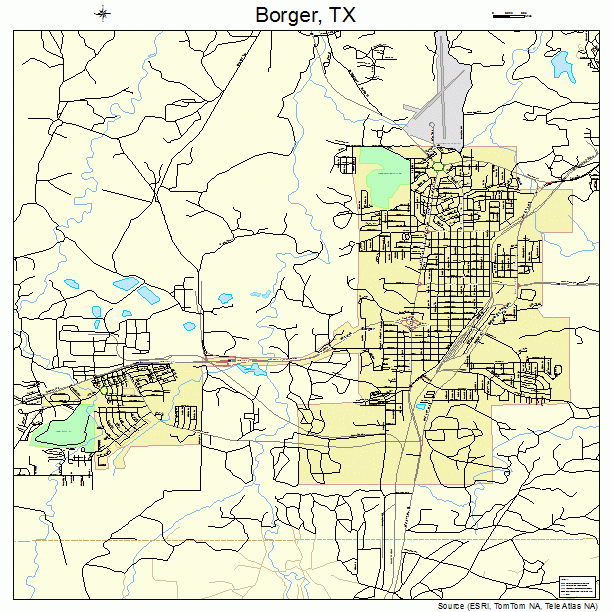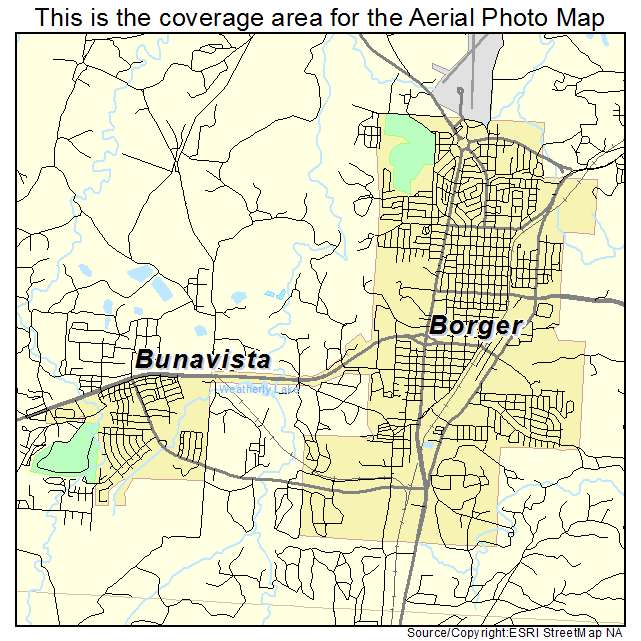
America: A Tapestry of Tall Tales, Truths, and the Wild Heart of Borger
America, a nation forged in revolution and shaped by an expansive frontier, is as much a land of stories as it is of statistics and concrete history. From the ancient whispers of indigenous creation myths to the audacious boasts of industrial titans, and from the shadowy figures of frontier outlaws to the relentless pursuit of black gold in boomtowns like Borger, Texas, the legends of America form a vibrant, ever-evolving tapestry. These are not merely tales for children; they are the cultural bedrock, the collective memory, and the aspirational spirit of a diverse continent, often blurring the lines between fact and the fantastic.
At its core, American identity is deeply intertwined with these narratives. They explain the inexplicable, celebrate the heroic, mourn the tragic, and provide a moral compass for generations. Like the shifting sands of time, these legends evolve, reflecting the anxieties and aspirations of each era, yet their fundamental power to shape understanding remains undiminished.
The Ancient Echoes: Indigenous Origins

Long before European settlers cast their gaze upon this continent, the land was alive with stories told by its first peoples. Native American legends, passed down through millennia of oral tradition, form the earliest and most profound layer of America’s mythical landscape. These are not just tales; they are cosmologies, moral frameworks, and historical records.
Consider the Iroquois legend of the Sky Woman, who fell from the heavens and, with the help of animals, created the earth on the back of a giant turtle. This story speaks to a deep reverence for nature, the interconnectedness of all life, and a foundational belief in cooperation. Similarly, the Navajo creation story, detailing the emergence of the Dineh (the People) from various underworlds, maps out their spiritual journey and their relationship to the sacred landscape of the American Southwest.
"For Native Americans," writes scholar Paula Gunn Allen, "the land is not just a place, but a living entity, filled with spirits and stories." These legends often feature trickster figures like Coyote or Raven, who, through their mischievous acts, inadvertently teach valuable lessons about balance, wisdom, and human folly. They explain the origins of mountains, rivers, and stars, imbuing the natural world with a spiritual significance that modern society often overlooks. These ancient narratives remind us that America’s story began not with discovery, but with a vibrant, complex civilization already rich in its own mythos.
Forging a Nation: Colonial and Revolutionary Myths
As European colonists arrived, bringing their own folklore and traditions, new legends began to form, driven by the need to understand a vast, untamed wilderness and, eventually, to forge a new national identity. Early colonial narratives often focused on survival, divine providence, and the struggle against the unknown, painting the landscape as both a promised land and a perilous frontier.
The most enduring of these colonial legends, however, emerged from the crucible of the American Revolution. The story of George Washington and the cherry tree, though almost certainly apocryphal, became a powerful parable of honesty and virtue, establishing the moral character of the nation’s first president. Paul Revere’s midnight ride, immortalized by Henry Wadsworth Longfellow, transformed a crucial but perhaps less dramatic historical event into a thrilling tale of individual bravery and patriotic urgency, galvanizing the spirit of a nascent nation.
These legends, even when embellished, served a vital purpose: they provided a shared narrative for a diverse populace, instilling a sense of common purpose and defining the nascent American character. They emphasized qualities like courage, integrity, and a willingness to fight for freedom—values deemed essential for the survival and prosperity of the young republic.
Taming the Wilderness: The Frontier and the Boomtown Mythos
The 19th century witnessed America’s relentless westward expansion, giving rise to a new pantheon of legends that celebrated strength, ingenuity, and the audacious spirit required to conquer a vast wilderness. This era produced larger-than-life figures like Paul Bunyan, the colossal lumberjack whose mighty axe cleared forests with a single swing, and his blue ox, Babe, who carved out rivers and lakes with his hoofprints. Pecos Bill, the cowboy who rode a cyclone and tamed the wildest horses, embodied the rugged individualism of the American West. These figures were more than mere exaggerations; they were allegories for the immense task of taming a continent, projecting human will onto the forces of nature.
It is within this framework of frontier expansion and the relentless pursuit of resources that the story of Borger, Texas, finds its unique and compelling place in America’s legendarium. Borger isn’t a myth in the traditional sense, but rather a real-world crucible where the raw forces of human ambition, lawlessness, and rapid wealth creation played out like a myth in the making.
Borger, Texas: The Legend of "Booger Town"
In the spring of 1926, the discovery of oil in the Texas Panhandle unleashed a frenzy that transformed the desolate prairie into a boomtown overnight. Within 90 days, Borger, named after its founder Ace Borger, exploded from a dusty crossroads to a city of 10,000, attracting a motley crew of oilmen, roughnecks, speculators, and, inevitably, a dark underbelly of gamblers, bootleggers, and prostitutes.
This rapid, uncontrolled growth birthed its own local legends, stories that quickly spread beyond the Panhandle, contributing to the broader American myth of the wild frontier. Borger earned the notorious moniker "Booger Town," a testament to its unparalleled lawlessness. Murders, robberies, and vice were rampant. Sheriffs were bought, and justice was a commodity. The town was a real-life embodiment of the "Wild West" long after the frontier was supposedly closed.
Damon Runyon, the famed American journalist and short story writer, visited Borger during its peak and captured its chaotic essence, contributing to its legendary status. He described it as a place where "every known form of vice is flourishing openly," and where "the law is something to laugh at." Runyon’s observations, though journalistic, carried the weight of a mythmaker, solidifying Borger’s image as an untamed beast of a town.
The legend of Borger is not of a superhuman hero, but of a super-human force: the insatiable drive for wealth, the raw power of unbridled capitalism, and the human capacity for both incredible enterprise and profound depravity. It’s a story of how a place, under extreme conditions, can become a character itself—a place where the rules of civilization were suspended, and individual legends of quick fortunes and violent ends were forged daily. The eventual imposition of martial law in 1929, ordered by Governor Dan Moody, was itself a legendary event, marking the end of Borger’s most chaotic era and signaling that even the wildest boomtowns would eventually bend to the will of the state.
Borger stands as a testament to a specific type of American legend: the boom-and-bust cycle, the allure of instant riches, and the inevitable clash between freedom and order on the resource frontier. It’s a legend that speaks volumes about the nation’s relationship with its natural resources and the human cost of their exploitation.
Industrial Might and Modern Mysteries
As America moved into the 20th century, new legends emerged, reflecting an industrializing nation. John Henry, the "steel-driving man," became an African American folk hero who, with his hammer, famously raced and defeated a steam-powered drill, only to die with his hammer in his hand. His story is a poignant legend of human strength and dignity against the onslaught of machines, a powerful symbol of the working class in an age of rapid technological change.
In the modern era, the nature of American legends has diversified even further. Urban legends, passed quickly through digital channels, tell cautionary tales or create modern anxieties. Cryptids like Bigfoot and the Chupacabra tap into a primal fear of the unknown lurking in the wild spaces, or even the suburban fringes, that remain in an increasingly mapped world. Conspiracy theories, from Area 51 to the JFK assassination, become contemporary myths, offering alternative explanations for complex events and reflecting a pervasive distrust in official narratives.
These modern legends, while different in form, serve a similar purpose to their predecessors: they help people make sense of their world, cope with uncertainty, and find meaning in the extraordinary.
The Enduring Power of Story
Ultimately, the legends of America, from the sacred narratives of indigenous peoples to the chaotic saga of Borger, Texas, and the speculative mysteries of today, are more than mere entertainment. They are a vital part of the nation’s cultural DNA, serving as historical markers, moral guides, and expressions of collective identity. They celebrate the triumphs, lament the failures, and grapple with the contradictions inherent in the American experiment.
These stories remind us that America is not just a geographical entity or a political system, but a grand narrative, constantly being written and rewritten by its people. They are the echoes of voices from the past, the aspirations of the present, and the dreams of the future, ensuring that the wild, diverse, and endlessly fascinating spirit of America will continue to live on, one legend at a time. The dusty streets of Borger, Texas, may no longer harbor the rampant lawlessness of its boomtown years, but the legend of "Booger Town" remains, a potent reminder of the raw, untamed forces that have always shaped the American story.



